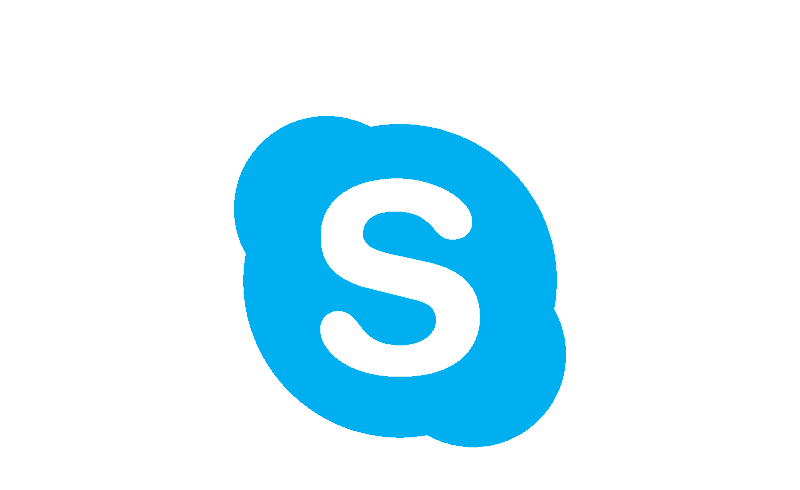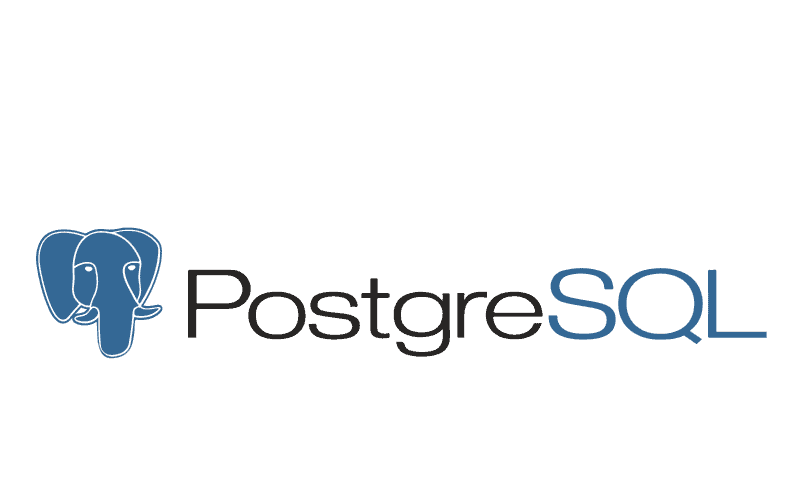PostgreSQL is a cutting-edge, open-source database known for stability, reliability, and data integrity. It handles diverse workloads with SQL and JSON, making it versatile for various applications. It offers support for complex data types, advanced indexing, and efficient transaction management. PostgreSQL is a flexible choice for web apps and enterprise systems. It is widely adopted as a primary data repository for web, mobile, geospatial analysis, and analytics.
What is PostgreSQL?
PostgreSQL is a highly advanced, open-source object-relational database management system that has earned a strong reputation for its stability, reliability, and data integrity. It uses SQL and JSON for relational and non-relational queries, making it ideal for handling a wide range of data workloads.
PostgreSQL offers a wide range of features and functionalities including support for complex data types, advanced indexing, and transaction management. This makes it a versatile database that can be used for a variety of applications, from simple web applications to complex enterprise systems. Its popularity as a primary data store or data warehouse for web, mobile, geospatial, and analytics applications is a testament to its flexibility and effectiveness.
Due to its open-source nature, PostgreSQL is freely available to anyone with the right skills to use, modify, and distribute, thanks to the liberal PostgreSQL license, making it a cost-effective solution compared to commercial databases like Oracle and SQL Server.
Brief history of PostgreSQL.
In 1989, Michael Stonebraker started the Postgres project at the University of California, Berkeley as a research project to explore extending the relational model with user-defined types and functions. The project aimed to add the fewest features needed to fully support multiple data types and to allow users to define their relationships. In 1996, the project was renamed to PostgreSQL to reflect its support for SQL, the standard query language for relational databases.
PostgreSQL vs. MySQL: What’s the difference?
When it comes to selecting a relational database management system (RDBMS), organizations often consider factors such as scalability, advanced features, security, and programming language support. Two popular options are PostgreSQL and MySQL. Here’s a comparison of their key differences:
PostgreSQL
MySQL
Why PostgreSQL?
PostgreSQL offers numerous features and functionalities to help developers build applications and administrators protect data integrity. Here are some reasons why companies, tech companies, and businesses should choose PostgreSQL:
Extensibility
Characterized by high extensibility and compatibility with various programming languages, PostgreSQL boasts a versatile data type system that enables users to generate personalized data types tailored for specific applications, like geographic or financial data.
Data management
Incorporating MVCC, snapshot isolation, granular access controls, tablespaces, and nested transactions ensures efficient data management and consistency with concurrent data access.
Backup and recovery
A variety of backup and recovery methods, including Point-in-Time Recovery (PITR), support database recovery to a specific point by regularly backing up data and logging changes.
“PostgreSQL’s tablespaces feature enhances performance and redundancy by storing data files across multiple devices or servers.”
Query processing and optimization
The database system employs a planner and optimizer to generate an optimal execution plan considering factors like table size, data distribution, and available indexes. PostgreSQL also utilizes JIT compilation to translate frequently executed queries into native machine code, thus enhancing overall performance.
Data types and indexing
PostgreSQL supports extensible data types and index types like B-tree, hash, GiST, SP-GiST, GIN, and BRIN. It optimizes write operations with various locks and enables safe data access for multiple transactions. Indexes, including expression and partial indexing, speed up queries. manage large volumes of data, and ensure data integrity with optimal performance efficiently.
Security and integrity
Trusted for secure and reliable data management, PostgreSQL focuses on security, complies with ACID standards, and offers features to enhance data security, with supports for various authentication methods and provides regular security updates with SSL/TLS encryption for secure connections.
“PostgreSQL ensures data availability through replication across multiple servers and load balancing for improved performance.”
Internationalization
PostgreSQL follows the SQL:2008 standards for data types, ensuring consistency across cultures with supports for internationalization such as character sets, encodings, and Unicode. The database is designed to be culture-friendly, allowing formatting, comparison, and sorting based on cultural conventions.
Freedom and cost
PostgreSQL’s lack of licensing costs and over-deployment risks make it an attractive choice for organizations with limited budgets. Although there may be additional expenses related to hardware, support, and maintenance, the dedicated community is quick to resolve bugs and security issues.
Community development and support
The PostgreSQL community develops and maintains a community-driven open-source database management system. Volunteers, including developers, users, and advocates, drive its progress through knowledge sharing and expertise. Mailing lists, forums, and IRC channels provide support.
Who uses PostgreSQL?
From tech giants and financial institutions to startups and government agencies, PostgreSQL serves as the preferred choice for those seeking reliability, scalability, and advanced data management capabilities. Below are some of the big names that uses PostgreSQL:

Spotify, the popular music streaming platform, relies on PostgreSQL to handle its vast music-related data. PostgreSQL’s scalability and robustness make it an ideal choice for Spotify’s massive data processing requirements.

Apple replaced MySQL with PostgreSQL as an embedded database in the OS X Lion release in 2010. This stemmed from MySQL’s licensing changes, coupled with a clear preference for the exceptional product quality offered by PostgreSQL.

Skype relies on PostgreSQL as its primary database tool. It’s mainly used for storing user, chat, and call data, and its connections are directed to an external VOIP service powered by Asterisk, which also utilizes PostgreSQL.

